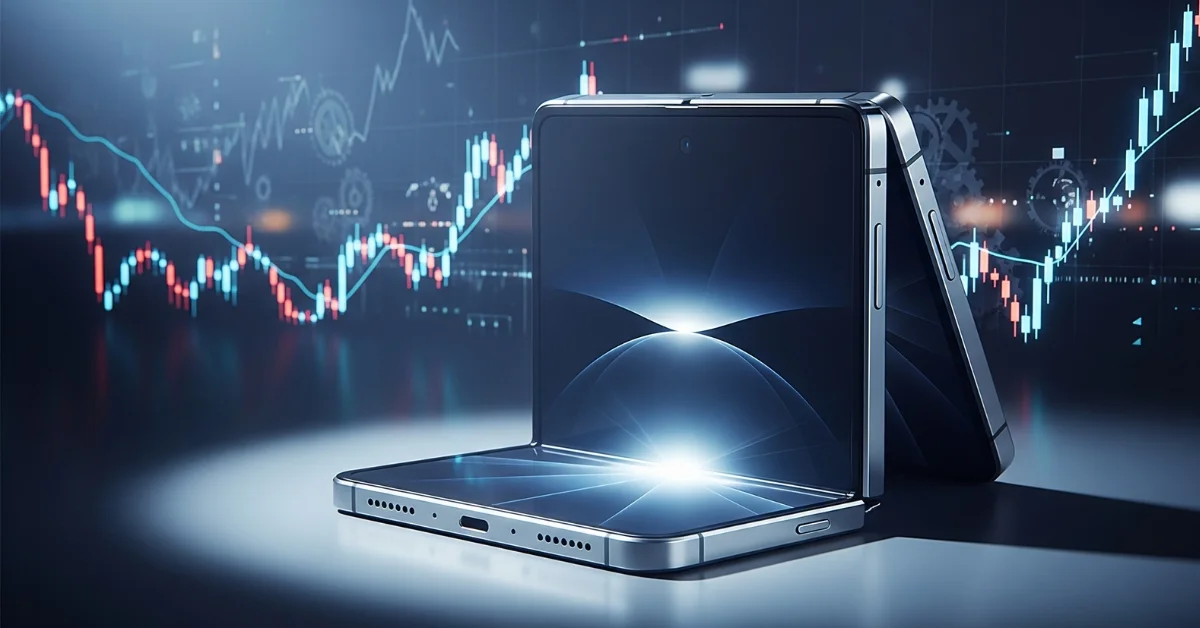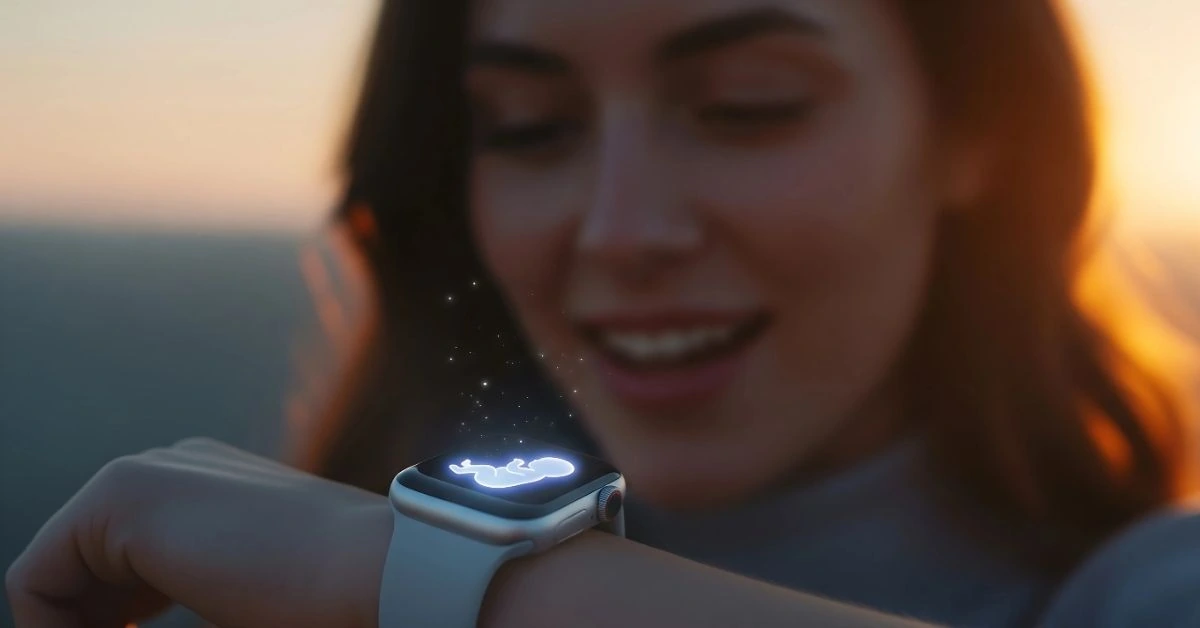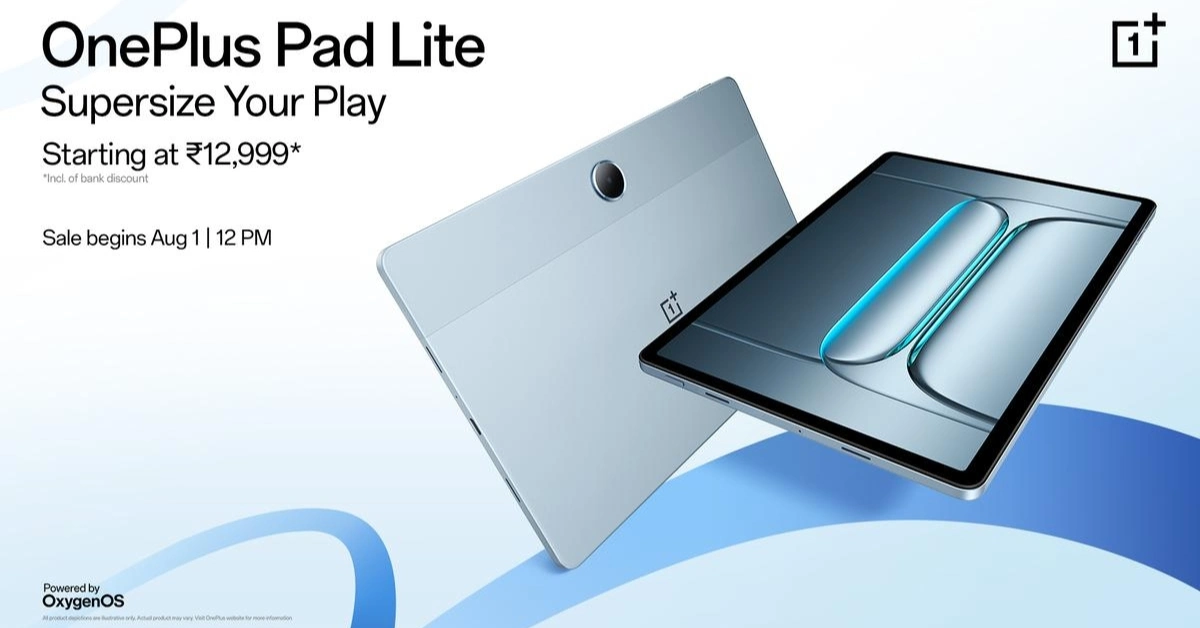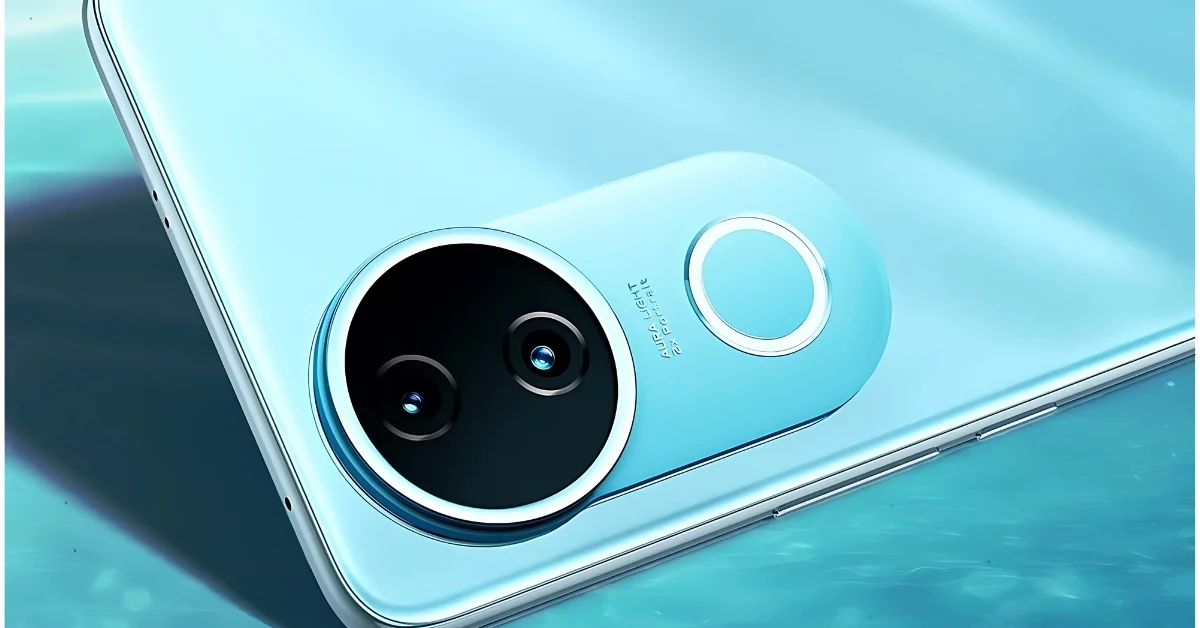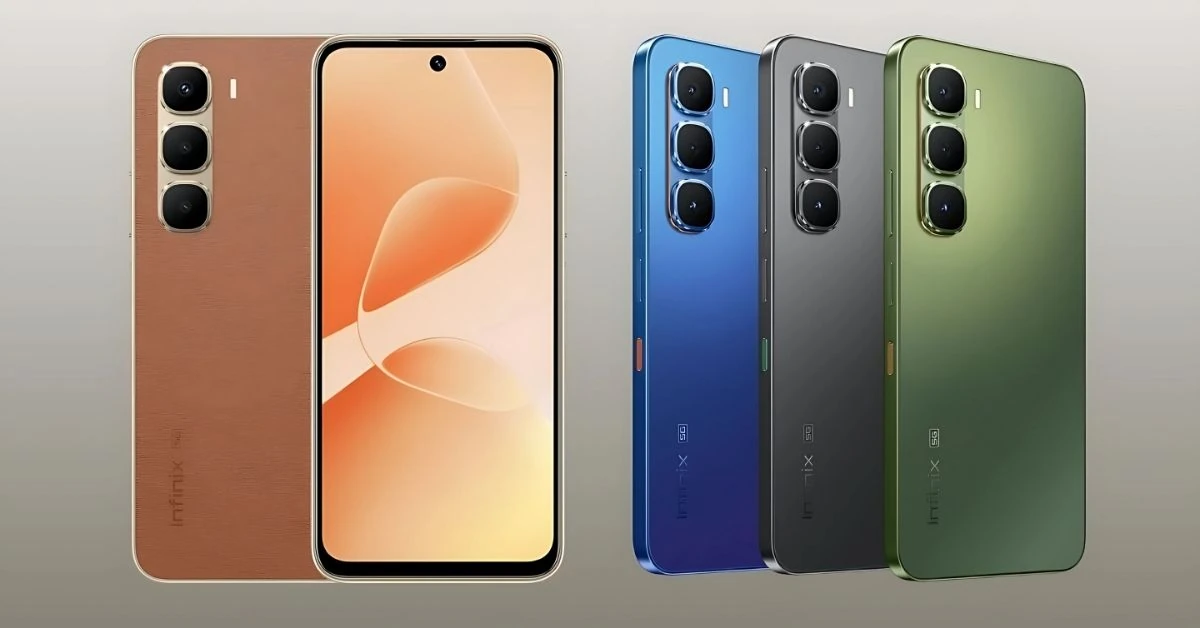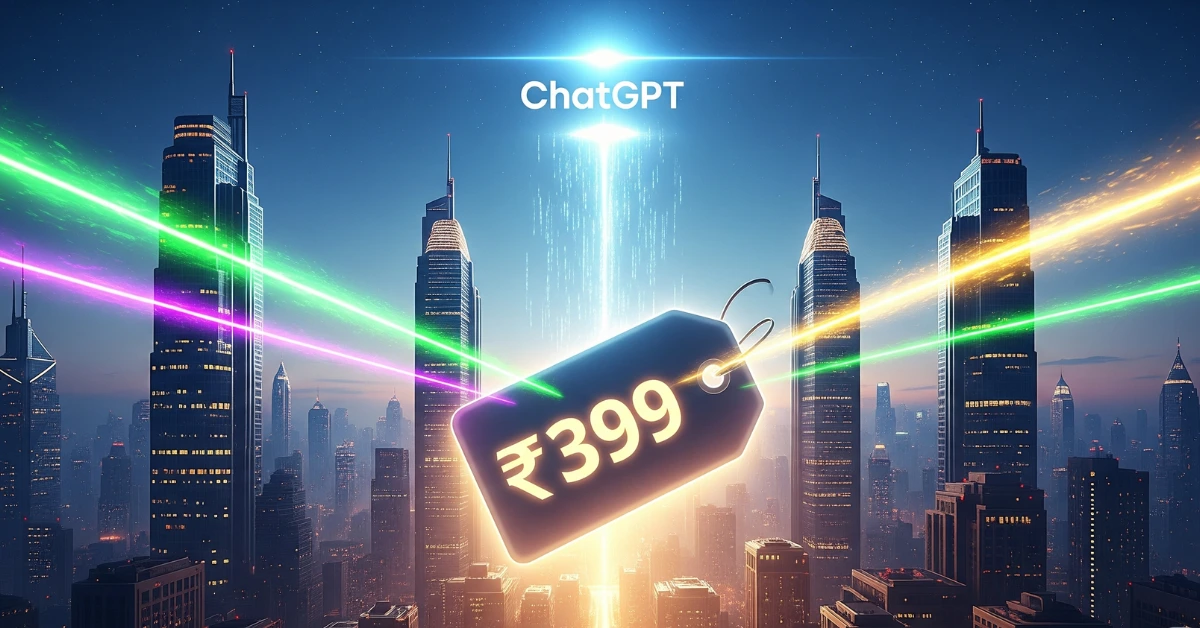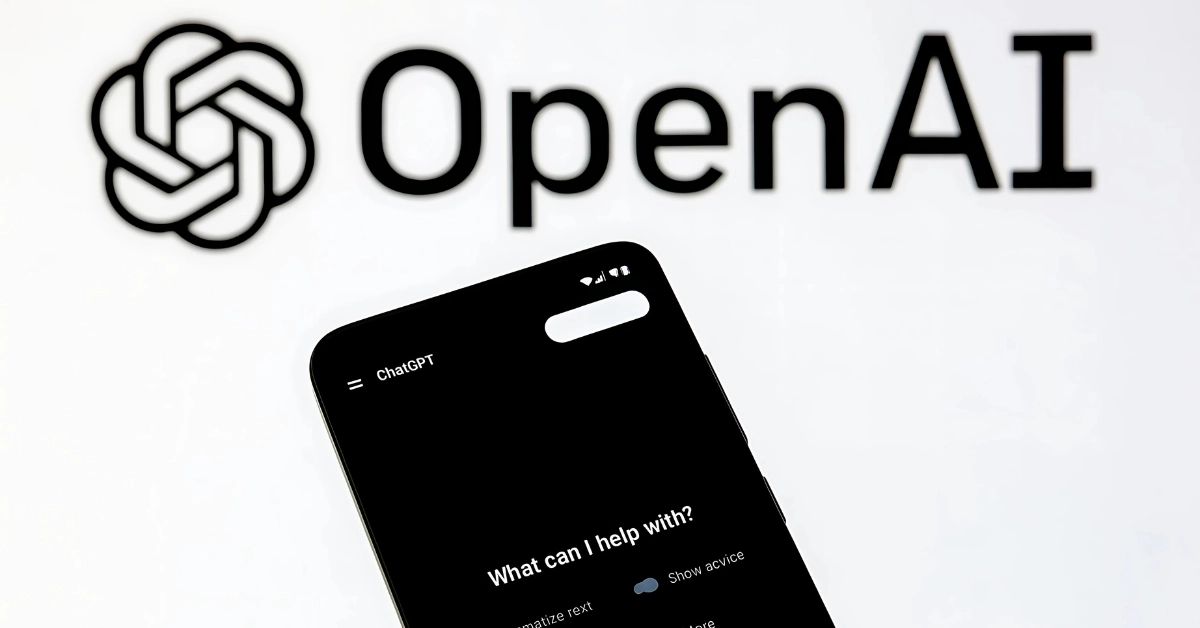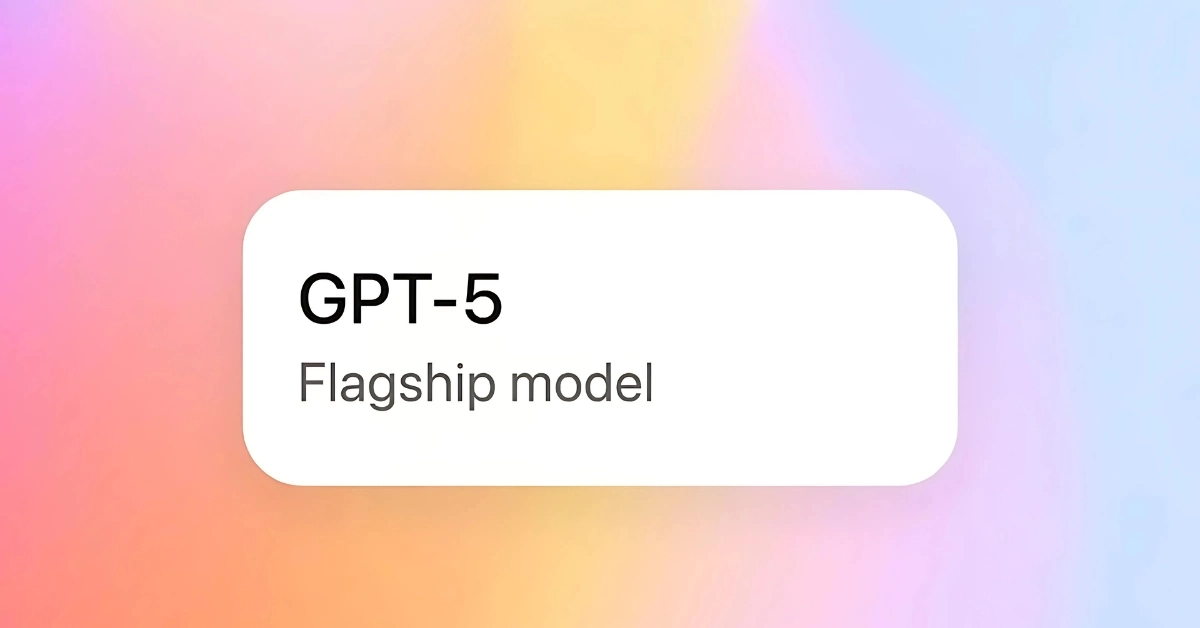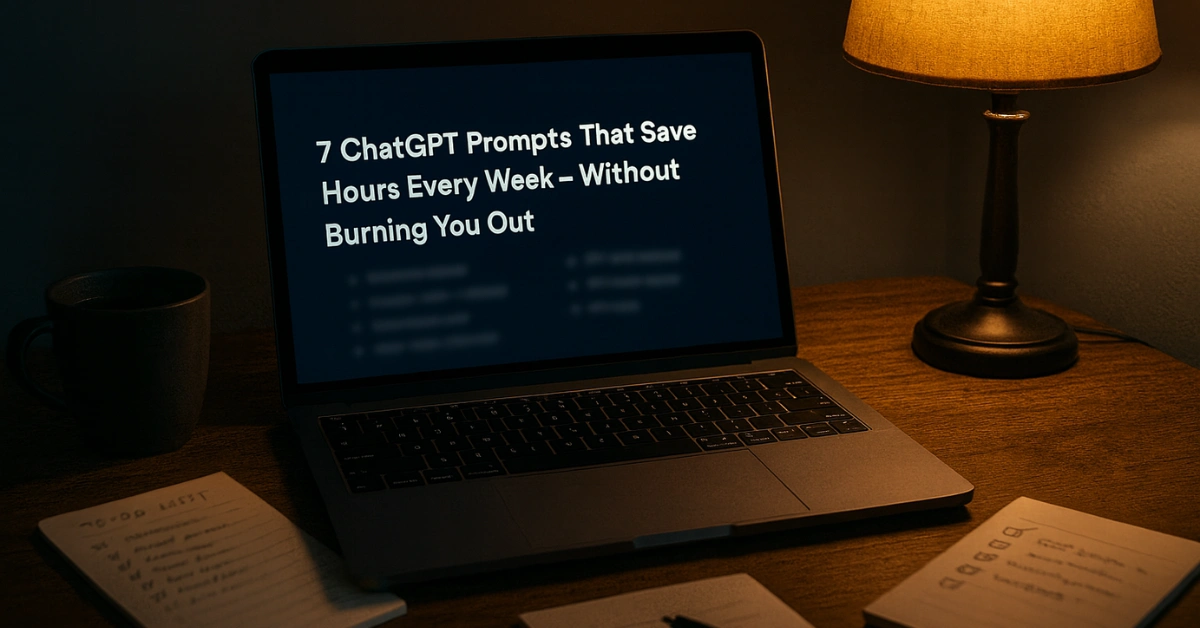Written by Mohit Singhania | Updated: July 22, 2025 | TechMasala.in
After years of speculation and patents gathering dust, Apple is finally inching closer to launching its first foldable iPhone, likely in 2026. If the timelines hold, it will debut alongside the iPhone 18 series. But here’s the twist: while fans are excited about the design, the real story is unfolding quietly inside the supply chain.
Apple’s entry into foldables is late, deliberate, and very typical of how the company moves. It rarely dives into a product category until the tech matures and rivals have made enough mistakes for Apple to avoid. Now, it looks ready to join the foldable race with something that feels more polished and carries a price tag that puts it firmly at the top of the market.
The iPhone Fold, if that’s the name they go with, is expected to feature a 7.8-inch inner screen, a 5.5-inch cover display, and a book-style fold. This puts it in the same design family as Samsung’s Galaxy Z Fold series. In fact, much of what we know suggests Apple is relying heavily on Samsung, both for the crease-free OLED panels and possibly for the hinge mechanism.
The most expensive iPhone ever made?
If leaks are accurate, this foldable iPhone could cost between 2,000 and 2,500 dollars. That is not just a price hike, it is a clear signal. Apple is not chasing mass adoption here. It is building a showcase device for its most premium customers, while testing the waters for a new iPhone form factor.
But the bigger story isn’t only about Apple pushing the hardware envelope. It is about what this phone might unlock for its suppliers, especially one quiet player from China: Lens Technology.
The quiet climb of Lens Technology
If you have never heard of Lens Technology (HKEX: 300433), you are not alone. Consumers do not know the name, but Apple has worked with them for years. Now the company is stepping up with a serious bet on foldables. It recently raised HK$610 million through a Hong Kong listing, most of which is going toward ultra-thin glass development. This is the type of material that can fold thousands of times without creasing or cracking.
And this isn’t just rumor. Reports from 36Kr and Gulf Business suggest Lens is expected to be the primary supplier of foldable cover glass for Apple’s device. Analysts believe foldable-related revenue could reach 12 percent of Lens’s total earnings by 2027, up from around 5 percent in 2026.
Apple’s most premium iPhone yet could quietly drive one of its most low-profile suppliers into the spotlight.
What exactly is Apple building?
This foldable is not expected to introduce a radical new interface or groundbreaking hardware. Based on what insiders are reporting, Apple is leaning on existing ideas and improving them with its signature touch. The software will be where most of the differentiation happens.
iOS 27 is reportedly being adapted to suit larger foldable displays, with support for split-screen multitasking, Apple Pencil functionality, and interface tweaks that make better use of the larger display.
There is talk of Apple replacing FaceID with a side-mounted TouchID sensor, possibly to keep the device slimmer. A new Meta Lens front camera is also in development, adding to the list of subtle shifts that together mark a big leap.
In short, Apple is not trying to reinvent the foldable. It is trying to perfect it, then price it at a premium that reinforces its brand position.
Why this launch matters more than usual
Apple is not just chasing design headlines. The iPhone has matured. Vision Pro is still early. But a foldable iPhone could spark new interest in the flagship category and reset the tone of premium smartphone innovation.
China is expected to be the key market for this device. Foldables have already become popular there, and Apple is reportedly planning to position the iPhone Fold for that audience first. If it works in China, other markets could follow.
Final thought
Most eyes will be on the hardware. The folding mechanism, the crease-free screen, the ultra-premium price. But if you have followed Apple long enough, you know the more interesting story often plays out behind the scenes.
Companies like Lens Technology are preparing for something much bigger than a single product launch. They are positioning themselves to ride the next hardware wave. And in a market where Apple rarely changes its form factor, this shift could mean a lot more than just bragging rights.
This launch is not just about Apple catching up to competitors. It is about reclaiming the narrative and showing that when Apple does fold, it folds with intent.
FAQ’s about Foldable iPhone
When is Apple expected to launch its foldable iPhone?
Reports suggest Apple may launch its first foldable iPhone in late 2026, likely alongside the iPhone 18 series.
Why is Lens Technology important to the foldable iPhone?
Lens Technology is expected to supply ultra-thin glass for the device, with analysts projecting up to 12% of its revenue from foldables by 2027.

